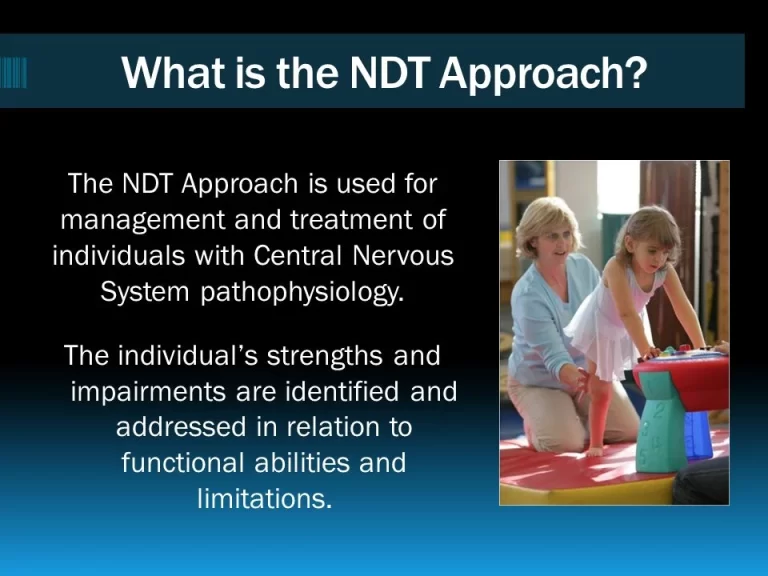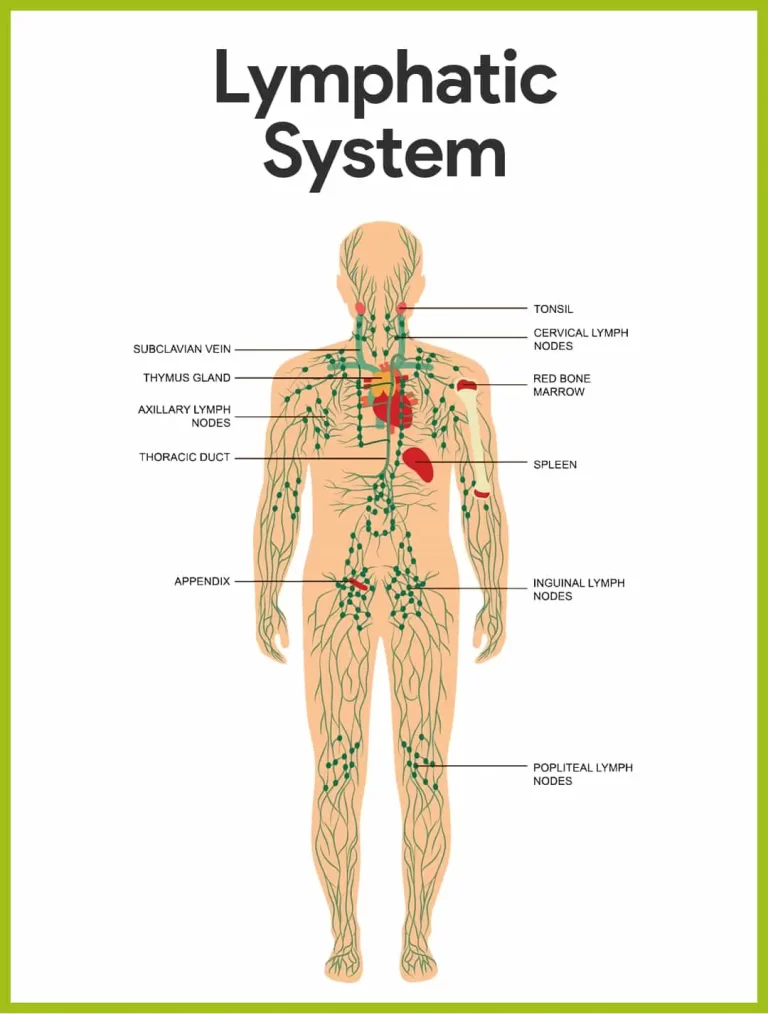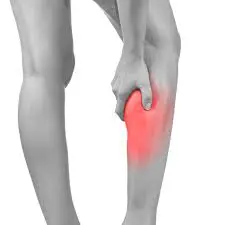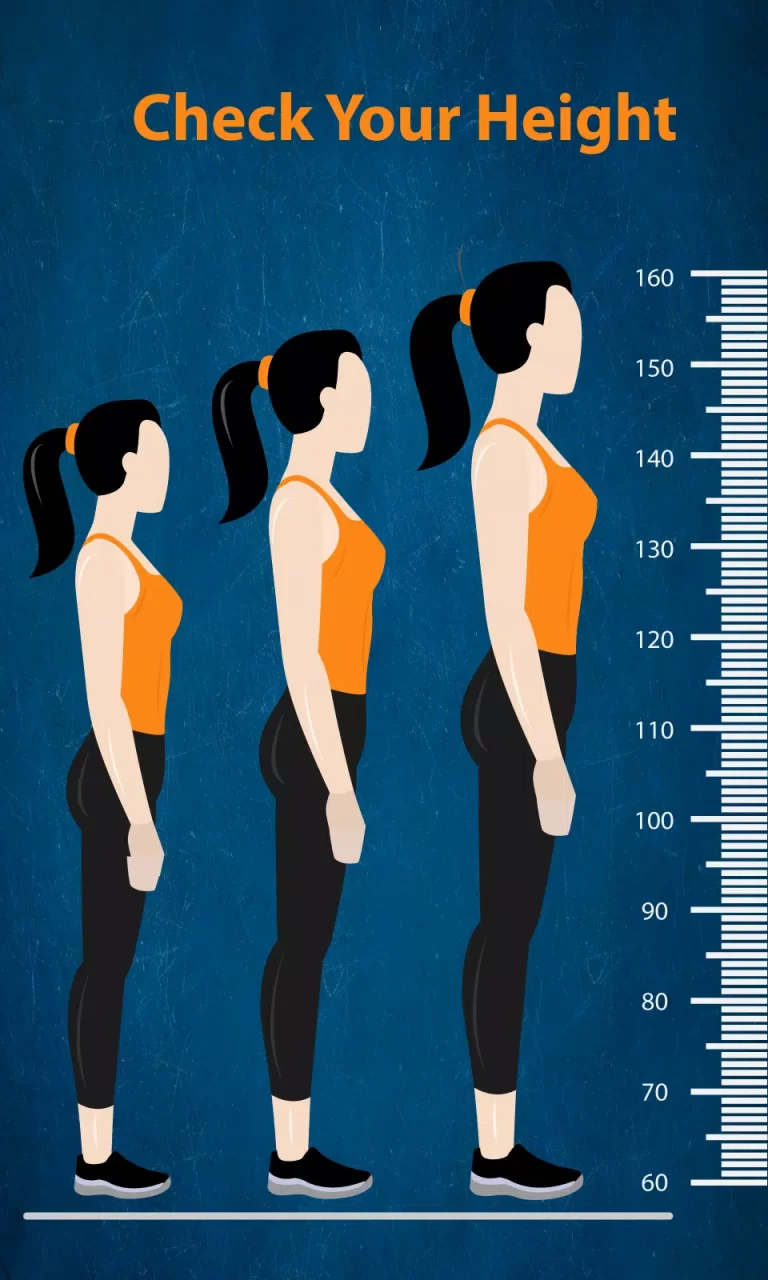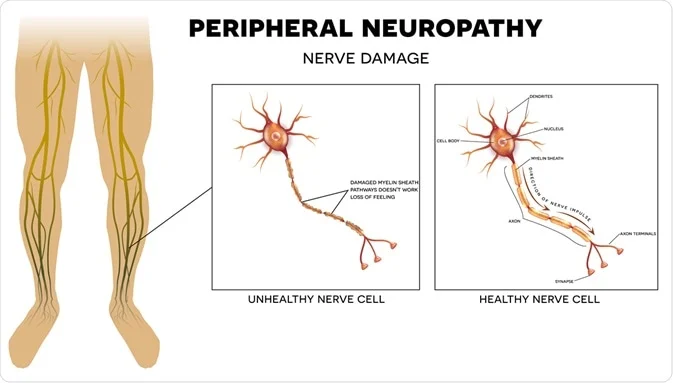Adductor Muscle Pain
What is Adductor Muscles Pain? The adductor muscle comprises of the adductor longus, adductor brevis and adductor mangnus. As the name suggests, the chief function of this group of muscles includes the adduction of the hip joint. Sometimes, due to some pathologies, adductor muscles can start to cause discomfort. This is usually felt as pain…


